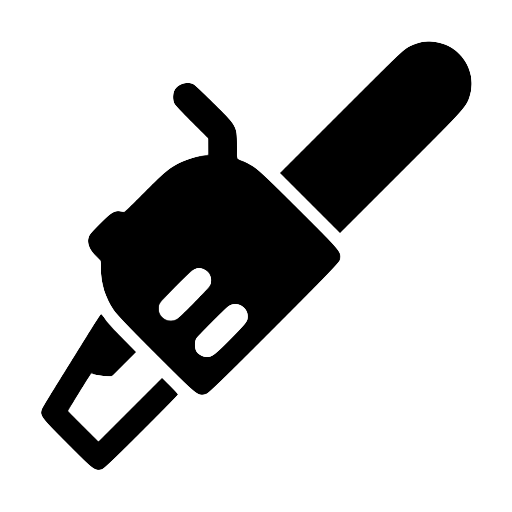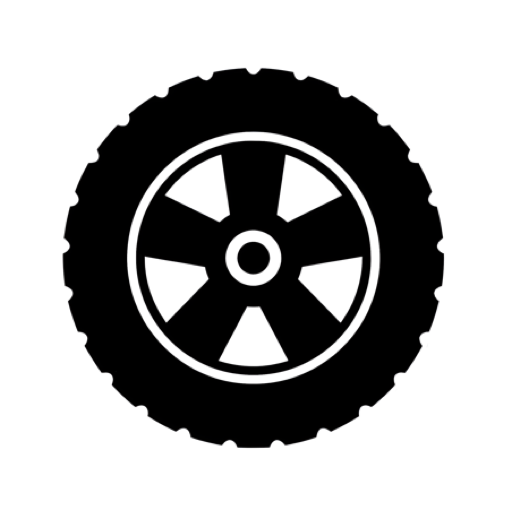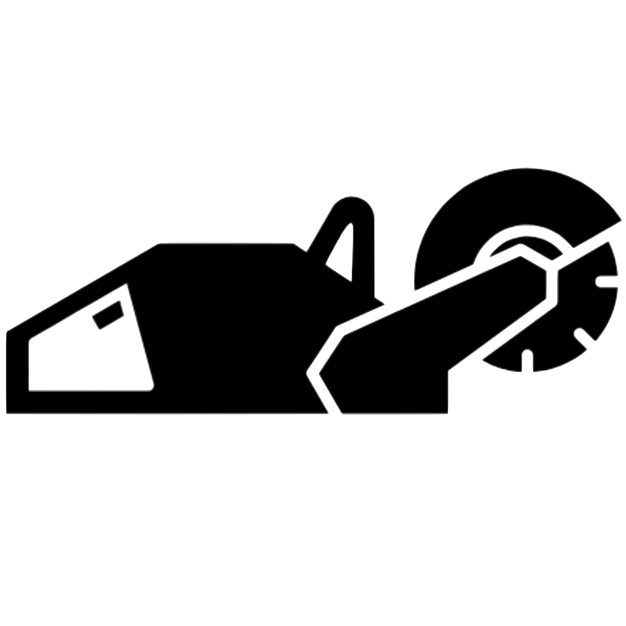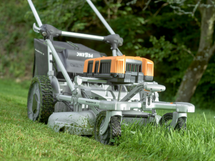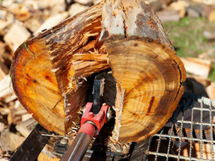Carburetors play a crucial role in the performance of combustion engines, making it essential for small engine owners to understand common carburetor issues and their solutions to avoid more expensive engine problems down the line.
The primary function of a carburettor is to regulate the intake of fuel into an engine while simultaneously mixing it with the right amount of air for optimal performance. There are two main types of carburettors:
- Float Type: This type is commonly used in stationary engines and is typically positioned below the fuel source, relying on gravity for fuel delivery. Standard lawn mowers often feature float-type carburettors.
- Diaphragm Type: Diaphragm carburettors are more common in handheld equipment like chainsaws, brushcutters, hedge trimmers, and blowers. They are usually mounted above the fuel tank and lack a fuel bowl or float. Vacuum pressure is used to draw fuel into the assembly.
To understand carburettor operation, think of them as air pumps. When you increase the throttle, you're not directly pumping more fuel into the engine; instead, you're increasing the air intake, which, in turn, adjusts the fuel flow. Therefore, a carburetor relies on two critical factors to function properly: a clean and uninterrupted air intake and a clean and uninterrupted liquid fuel intake. If either the air or fuel intake systems are dirty or compromised, various problems can manifest in the engine:
- The engine may fail to start entirely.
- It might require numerous attempts to start.
- Surging can occur, even at idle.
- The engine may perform differently at high or low revs.
- Fuel leakage could be an issue.
- The engine might stall at idle.
One common culprit for suboptimal cleanliness is dirty fuel, especially when equipment is left with a full tank and unused for an extended period. In regions with seasonal changes, like southern states, this can happen when lawn mowers or chainsaws are stored during the dormant season. Stale fuel can lead to carburettor components becoming gummed up.
Even if the fuel supply and delivery systems are in good condition, other carburettor elements can become dirty or imbalanced, affecting performance. To address this, start by observing and listening to the engine for signs of trouble. The spark plug's condition can provide valuable insights. A coffee-colored spark plug end indicates normal operation, while a ghostly white appearance suggests a lean mixture, and a sooty black appearance indicates a rich mixture.
"Running lean" means the engine is receiving less fuel than usual, while "running rich" implies an excessive fuel supply. These levels can be adjusted manually with the mixture adjustment screw, but it's crucial to ensure all carburettor components are clean and in good condition before making adjustments. Incorrect adjustments can impact emissions compliance.
Cleaning a float-type carburettor typically involves removing the bowl and soaking it in a dedicated carburettor cleaning fluid. It's advisable not to leave delicate components, like the float, soaking for too long. Delicate parts like jet needles may require extra attention. Use water and compressed air to ensure a thorough cleaning and avoid fabric contaminates.
While a thorough cleaning will resolve many carburettor issues, mechanical faults can also contribute to chronic problems. As carburettors essentially act as pumps, damaged seals, rings, gaskets, or bent/damaged choke and throttle plates may need replacement or adjustment.
Taking proper care of your carburettor is worth the effort. Neglecting carburettor maintenance can result in poor fuel efficiency, premature engine wear, or more severe issues. Therefore, regular carburettor maintenance is essential for maintaining a smoothly running engine.



